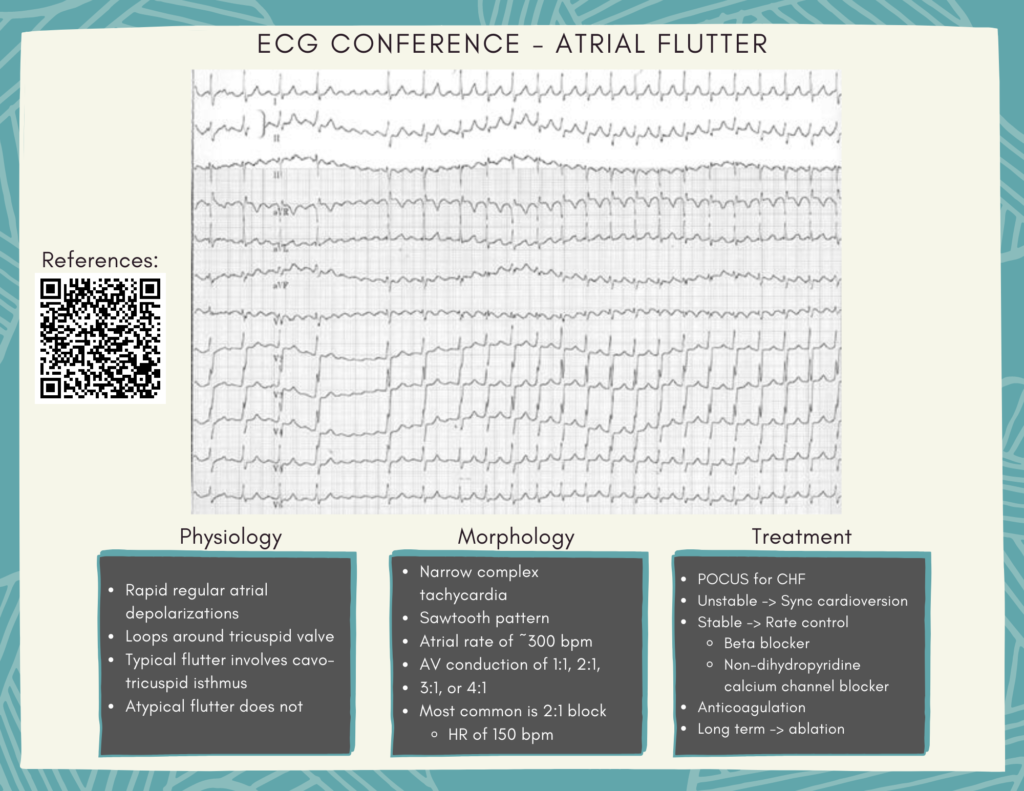A ten year old male with no past medical history presents after a witnessed fall. He was attempting a kickflip on his skateboard when he fell backwards hitting his head. His friends state he lost consciousness for about two seconds immediately following the event. He was wearing a helmet. The patient reports feeling better now with only mild pain to palpation at his occiput. He denies vomiting. His vitals are normal for his age. Exam shows no obvious signs of injury, and he is neurologically intact, eating and ambulating without difficulty. According to the PECARN Pediatric Head CT rule, what is the appropriate management of this patient?
A: discharge now
B: observe for 2 hours and discharge if he remains asymptomatic
C: observe for 4 hours and discharge if he remains asymptomatic
D: obtain CT head
Answer: observe for 4 hours and discharge if he remains asymptomatic
The PECARN Pediatric Head CT rule is a widely accepted decision tool with sensitivities nearing 100% for detecting clinically important traumatic brain injury in children. This patient does not meet criteria for immediate CT imaging such as altered mental status, GCS < 15, or signs of basilar skull fracture. Due to the history of loss of consciousness, it is recommended to observe the patient in the ED for 4 to 6 hours for any signs of deterioration prior to discharge. It is important to distinguish length of LOC in age groups <2 and ≥2 years old.
References:
Kuppermann, N., Holmes, J. F., Dayan, P. S., Hoyle, J. D., Jr, Atabaki, S. M., Holubkov, R., Nadel, F. M., Monroe, D., Stanley, R. M., Borgialli, D. A., Badawy, M. K., Schunk, J. E., Quayle, K. S., Mahajan, P., Lichenstein, R., Lillis, K. A., Tunik, M. G., Jacobs, E. S., Callahan, J. M., Gorelick, M. H., … Pediatric Emergency Care Applied Research Network (PECARN) (2009). Identification of children at very low risk of clinically-important brain injuries after head trauma: a prospective cohort study. Lancet (London, England), 374(9696), 1160–1170. https://doi.org/10.1016/S0140-6736(09)61558-
Image from: https://www.aliem.com/pecarn-relevance-importance-pediatric-emergency-care/pecarn-head-injury-both-infographics/












